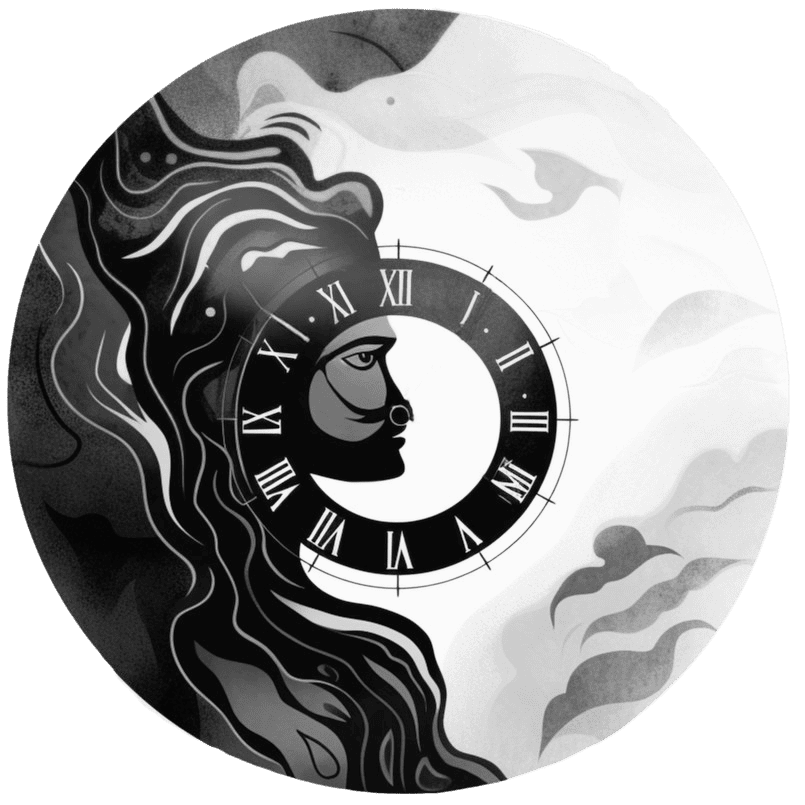Beyond Either/Or Thinking
Navigating the intricate landscape of duality in philosophy offers a transformative lens through which we can reframe our understanding of the world. As we move from the realm of “either/or” thinking, we find ourselves on a journey towards integrating paradoxes that guide us to a more holistic sense of wholeness. This intellectual and spiritual odyssey challenges us to reconcile contrasting elements—light and dark, good and evil, body and mind—enabling us to transcend facile dichotomies and embrace the complex tapestry of existence.
Integrating Paradox Guides Us to Wholeness
Duality is the philosophical view that reality consists of contrasting pairs – light/dark, good/evil, body/mind.
From a spiritual perspective, duality reflects the illusion of separateness, while nonduality recognizes the oneness of existence.
Moving beyond dualistic constructs results in perceiving the “not two” of reality.
“Nonduality is – in my view – the biggest contextual shift in human consciousness in the last 2500 years.” – Jeff Foster
- Instead of judging emotions as positive or negative, develop an appreciation for the totality of your inner landscape.
- When you think in black/white terms, look for the paradoxical gray that transcends facile dichotomies.
- Notice how framing experiences as pleasant or unpleasant creates needless suffering – open to embracing it all.
Duality has its place in this world; in fact, it can’t exist without duality; but moving beyond duality in philosophy reveals a singular consciousness beyond words and concepts. Here, the false fragmentation of duality collapses into the seamless unity of simply being.

